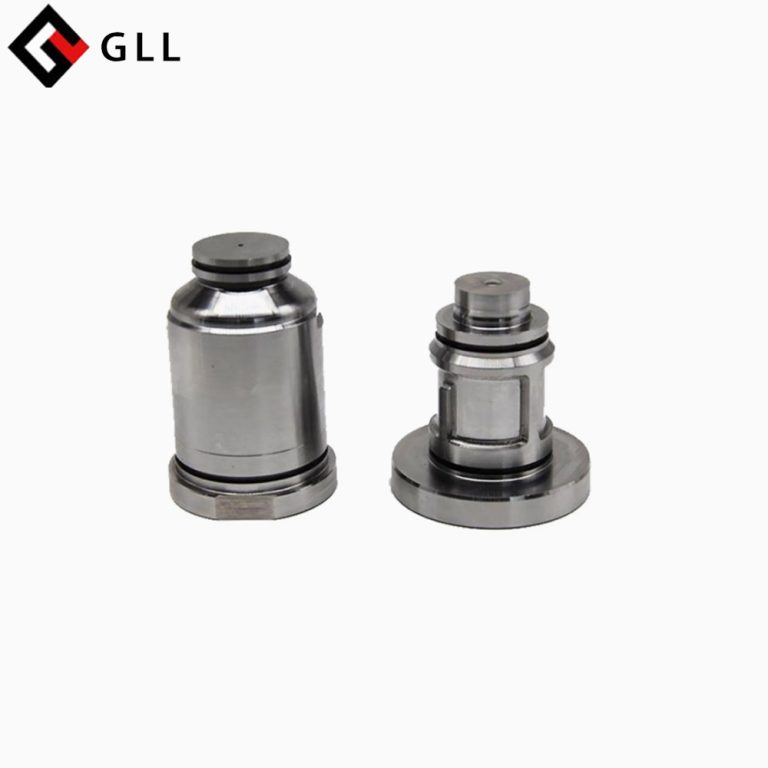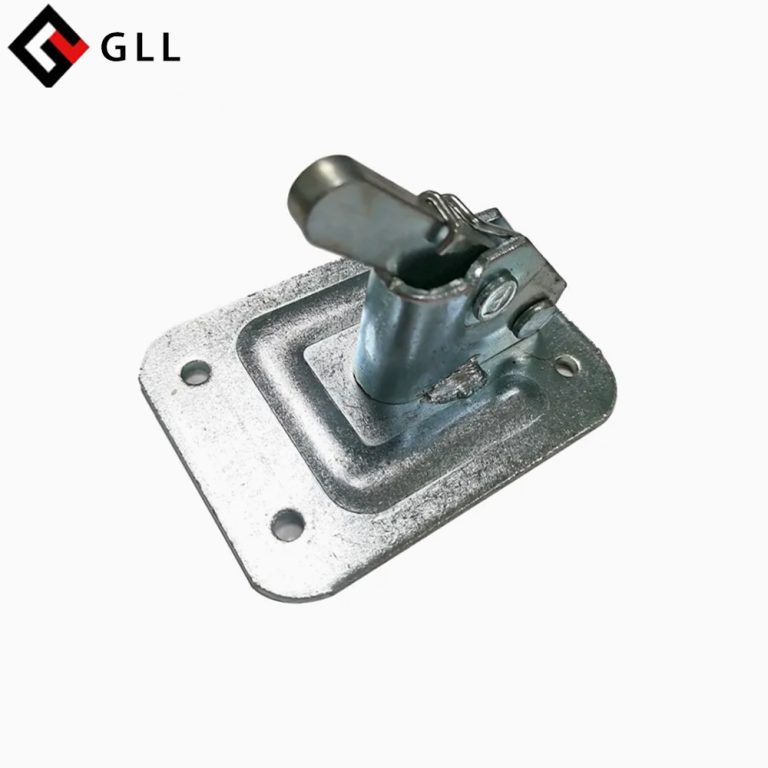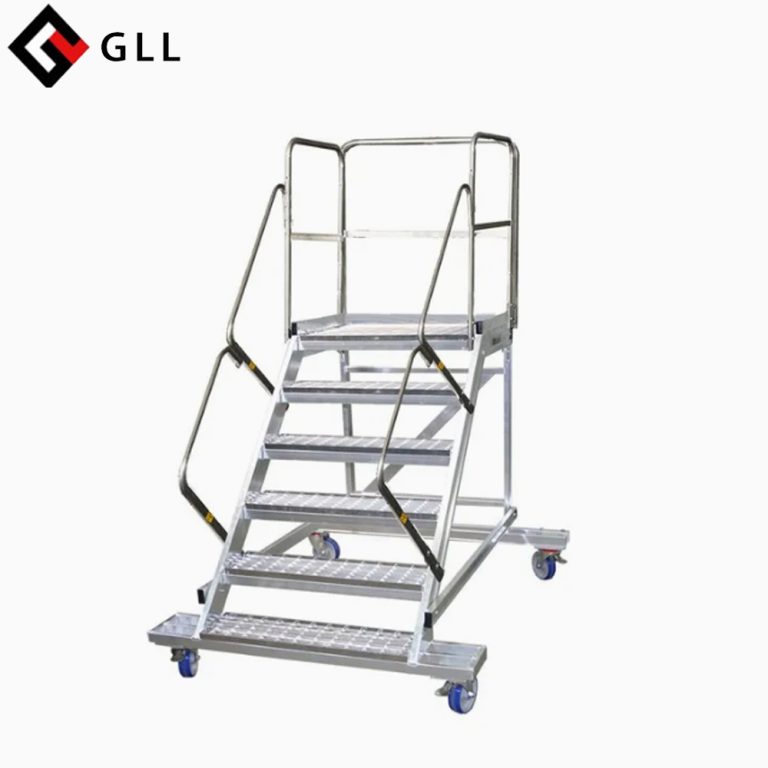Aluminum die casting is a popular method of casting metal parts, but how does it differ from other casting processes? In this blog post, we’ll take a closer look at the differences between aluminum die casting and other casting methods.
First, let’s define what casting is. Casting is the process of pouring molten metal into a mold, allowing it to cool and solidify, and then removing the finished part from the mold. There are several different types of casting processes, including sand casting, investment casting, and die casting.
Sand casting involves making molds with sand and pouring molten metal into the molds. Sand molds are destroyed during removal of finished parts, so a new mold must be made for each part. This makes sand casting slower and less efficient than die casting.
Investment casting, also known as lost wax casting, involves creating a wax or plastic model of a part, coating it in a ceramic shell, and then melting the wax or plastic out of the shell. The molten metal is then poured into the shell to form the finished part. Investment casting is a more delicate process than sand casting, but it is also more expensive and time-consuming.
Aluminum die casting, on the other hand, involves injecting molten aluminum into a steel mold, or die, under high pressure. The mold is designed to produce multiple identical parts, which can be produced quickly and efficiently. Die casting is a highly automated process, which makes it ideal for high-volume production.
One of the main advantages of aluminum die casting over other casting processes is its speed and efficiency. Die casting produces parts much faster than sand or investment casting, making it a cost-effective option for high-volume production. Additionally, the high pressures used in die casting give parts a high level of detail and precision.
Another advantage of aluminum die casting is its versatility. Aluminum can be cast into a wide range of shapes and sizes, making it suitable for a variety of applications. Aluminum is also lightweight and has excellent thermal and electrical conductivity, which makes it ideal for use in electronics and other high-tech applications.
In summary, aluminum die casting differs from other casting processes in its speed, efficiency, and versatility. While sand casting and investment casting are more precise processes, they are also more time-consuming and expensive. Die casting is a highly automated process that can produce parts quickly and efficiently, making it an ideal choice for high-volume production runs.




